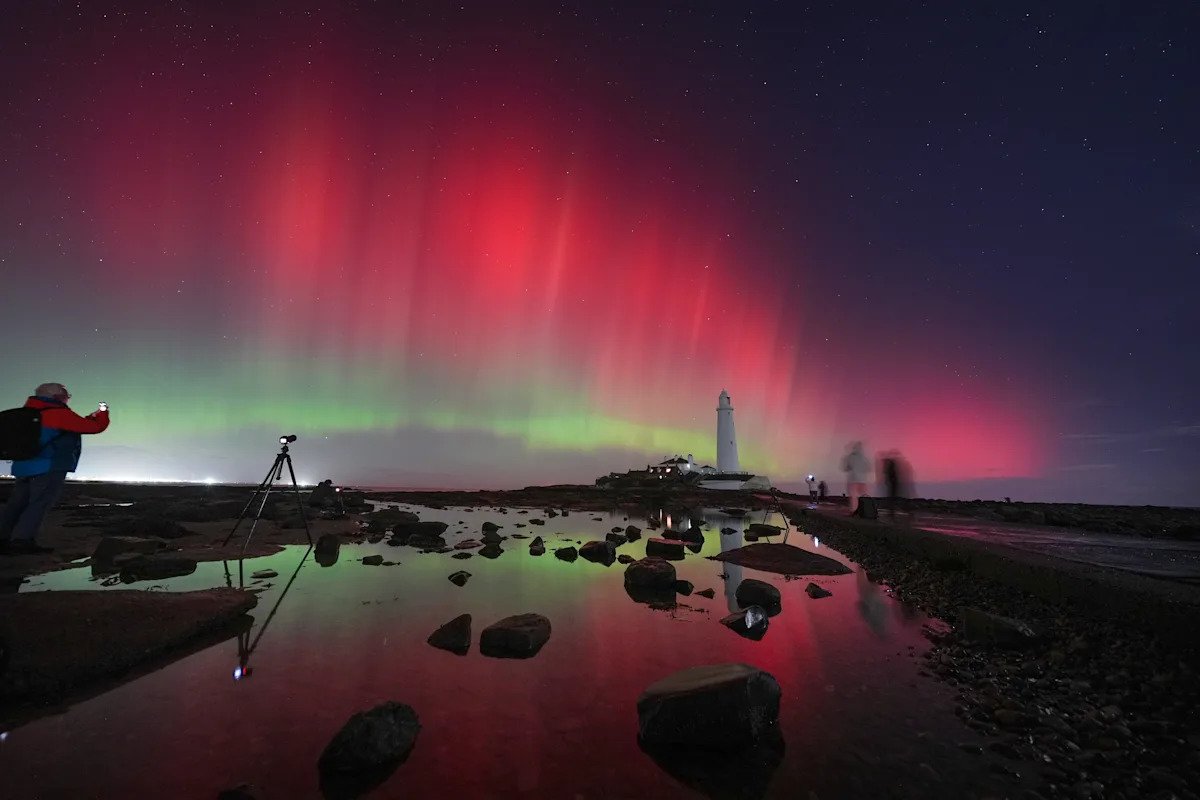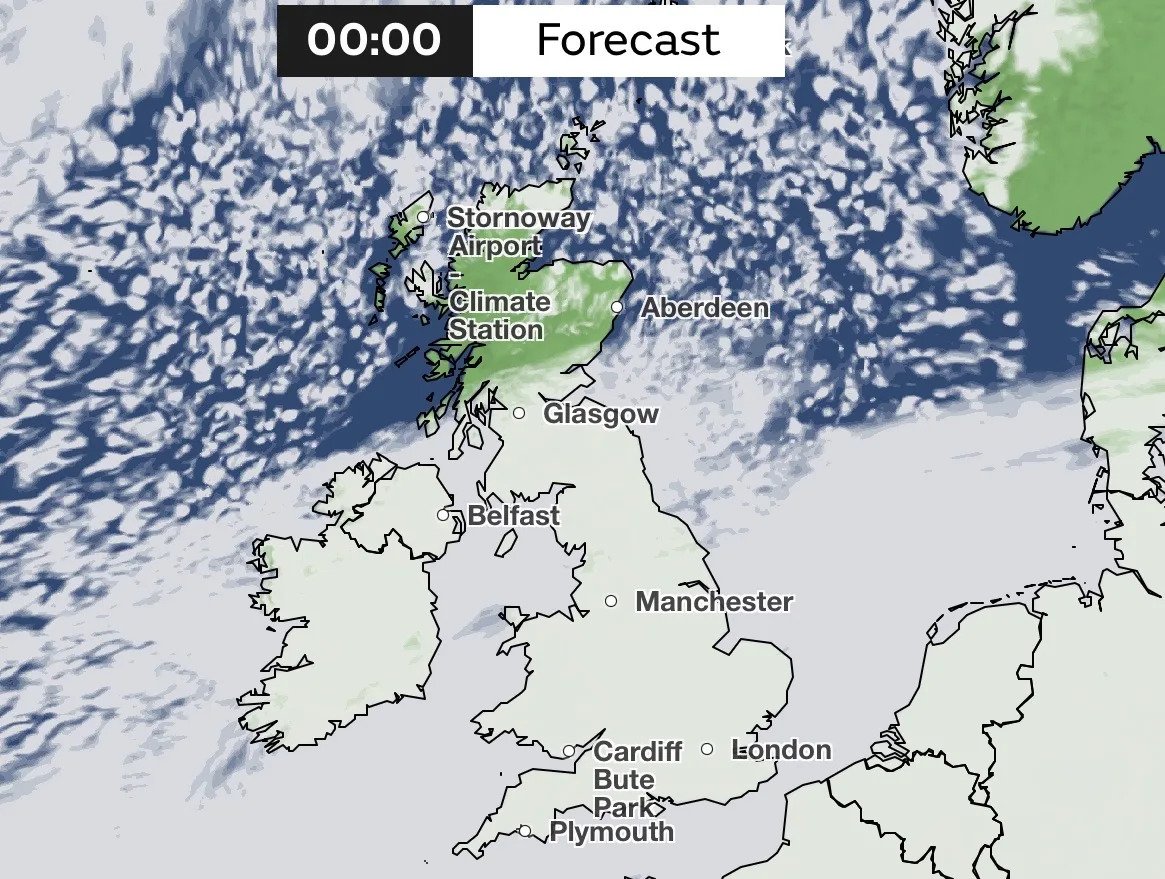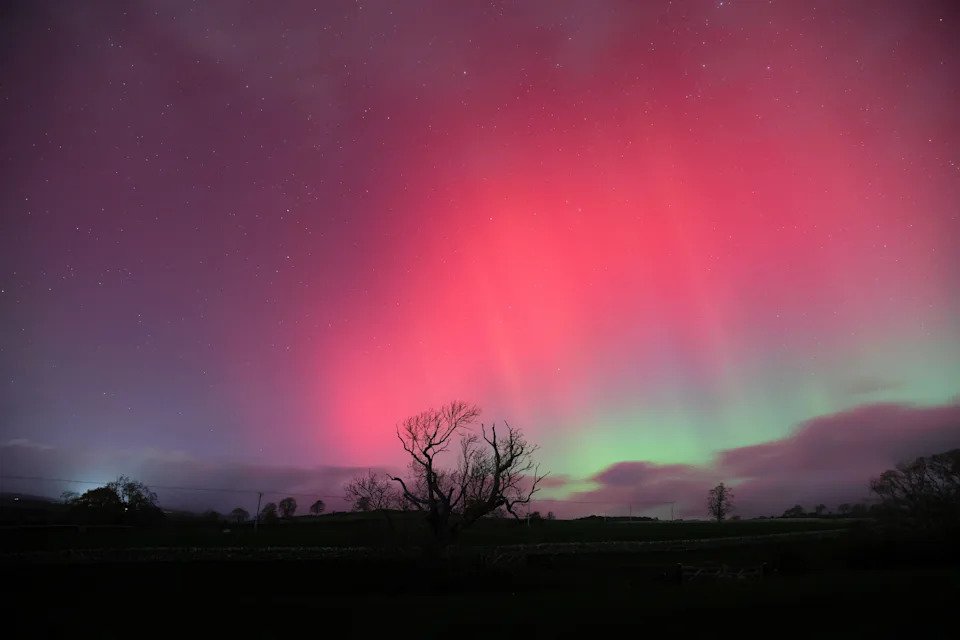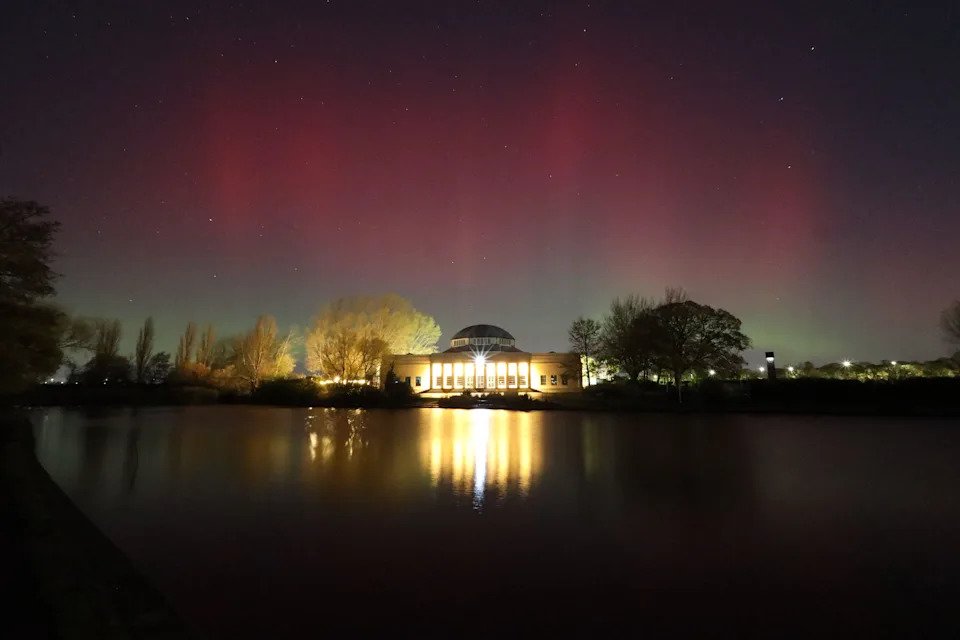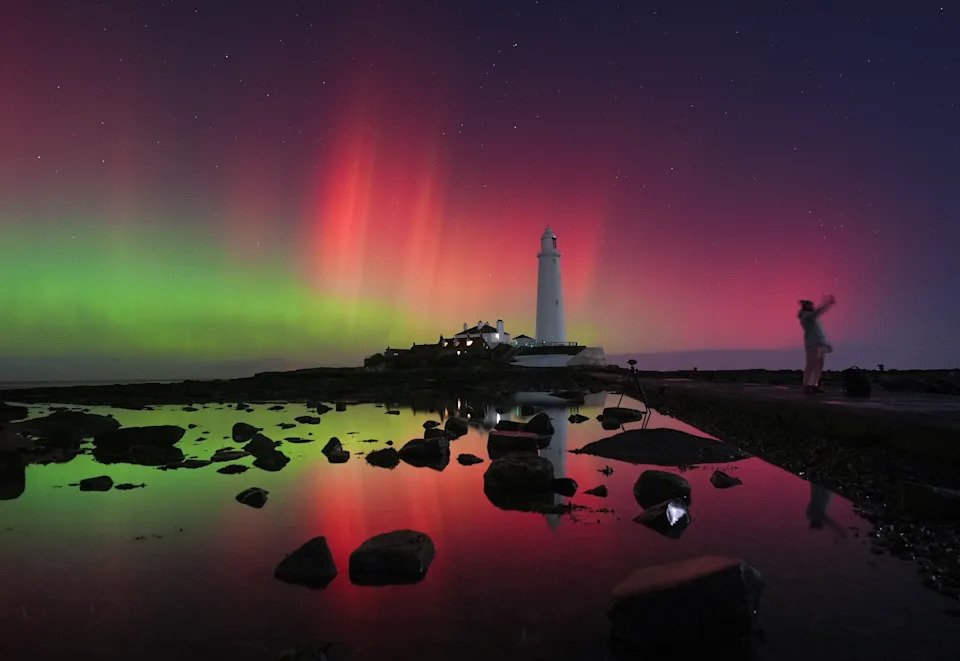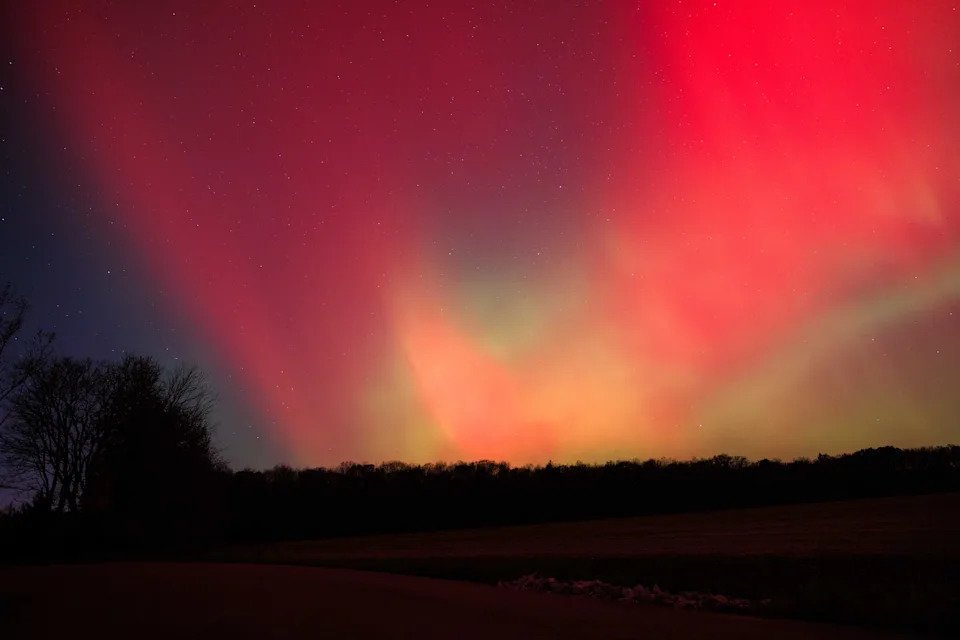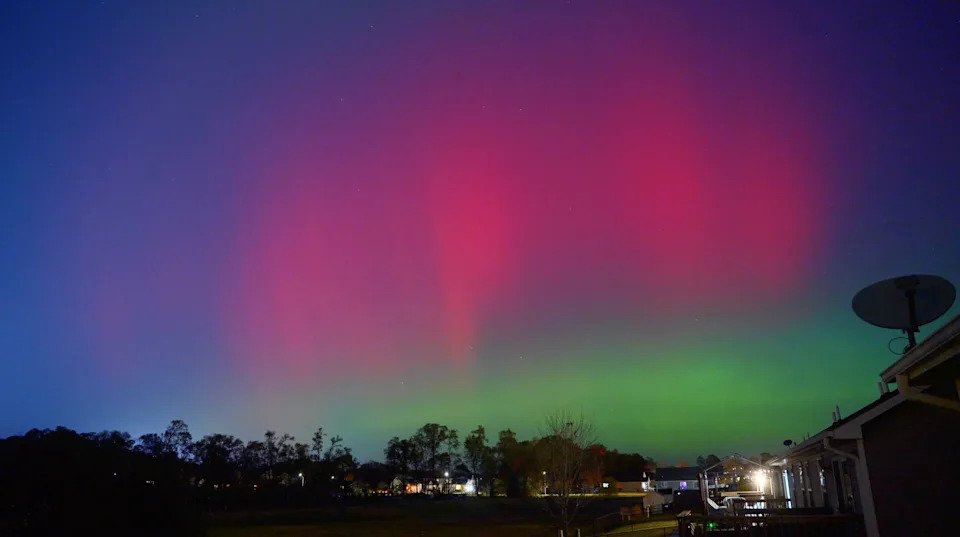UK Braces for ‘Cannibal’ Solar Storm as Northern Lights Illuminate Skies
Major geomagnetic event reaches G5 level in the UK and threatens power, communications and satellite systems while offering rare aurora views
The United Kingdom is preparing for what experts describe as a ‘cannibal’ solar storm — a powerful space-weather event in which one coronal mass ejection overtakes another — after a spectacular aurora display earlier in the week.
The British Geological Survey (BGS) has raised the alert to the maximum G5 level on the geomagnetic storm scale, a rating only seen a handful of times in recent decades.
The storm is already affecting Earth’s upper atmosphere, with forecasters warning of potential disruptions to satellite navigation, power grids and communications networks.
A technical briefing from the Space Weather Prediction Center (SWPC) noted that charged particles unleashed by the merged solar eruptions threaten infrastructure across Europe and North America.
Meanwhile, the celestial spectacle continues.
Photographers captured vivid bands of green and red in the skies over northern England on Tuesday night, and the best chance to view the northern lights is forecast for late Wednesday evening — particularly in Scotland and Northern Ireland, weather conditions permitting.
Experts advise observers to seek a dark, north-facing horizon free of city light and to be prepared for patchy cloud cover across much of England and Wales.
Beyond its aesthetic impact, this storm carries significant practical risks.
The BGS warns that the induced geoelectric currents could pose a threat to large power-grid transformers, especially in the northern UK, and that satellite-based systems such as GPS and mobile communications may experience degraded performance.
The SWPC highlights that similar storms have previously caused temporary blackouts and navigation errors.
Forecasters emphasise that while aurora displays may delight sky-watchers, the broader implications of the storm make it a major space-weather event.
The timing ahead of winter means the UK is entering a sensitive period for both technological and atmospheric effects, and officials say monitoring remains high as the full impact of the double solar eruption is assessed.
The British Geological Survey (BGS) has raised the alert to the maximum G5 level on the geomagnetic storm scale, a rating only seen a handful of times in recent decades.
The storm is already affecting Earth’s upper atmosphere, with forecasters warning of potential disruptions to satellite navigation, power grids and communications networks.
A technical briefing from the Space Weather Prediction Center (SWPC) noted that charged particles unleashed by the merged solar eruptions threaten infrastructure across Europe and North America.
Meanwhile, the celestial spectacle continues.
Photographers captured vivid bands of green and red in the skies over northern England on Tuesday night, and the best chance to view the northern lights is forecast for late Wednesday evening — particularly in Scotland and Northern Ireland, weather conditions permitting.
Experts advise observers to seek a dark, north-facing horizon free of city light and to be prepared for patchy cloud cover across much of England and Wales.
Beyond its aesthetic impact, this storm carries significant practical risks.
The BGS warns that the induced geoelectric currents could pose a threat to large power-grid transformers, especially in the northern UK, and that satellite-based systems such as GPS and mobile communications may experience degraded performance.
The SWPC highlights that similar storms have previously caused temporary blackouts and navigation errors.
Forecasters emphasise that while aurora displays may delight sky-watchers, the broader implications of the storm make it a major space-weather event.
The timing ahead of winter means the UK is entering a sensitive period for both technological and atmospheric effects, and officials say monitoring remains high as the full impact of the double solar eruption is assessed.
